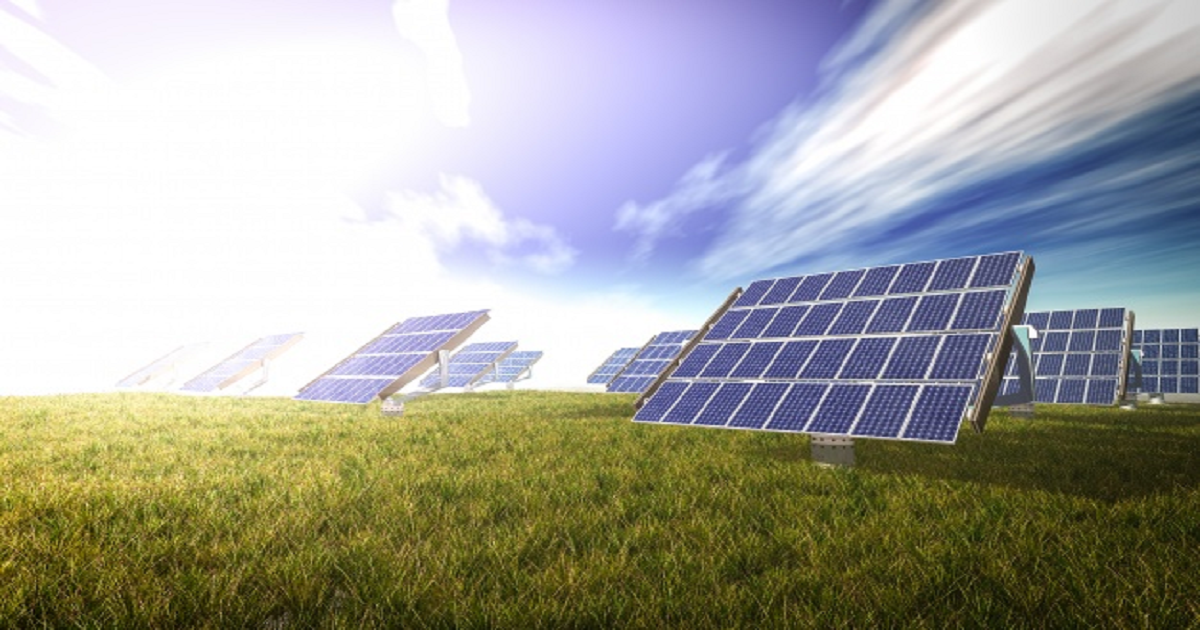Most of Hawaii’s electric batteries are paired with wind or solar - EIA
Renewables Now | March 25, 2020

Nearly all of Hawaii’s utility-scale battery storage capacity is installed with onshore wind turbines or solar photovoltaic (PV) systems, allowing excess electricity from those generators to be stored and used later, according to a report by the US Energy Information Administration (EIA). As of January 2020, about 30% of Hawaii’s total generating capacity is solar or wind. The non-dispatchable nature of these technologies creates operational challenges for system operators. Pairing batteries with wind and solar systems has proven effective in mitigating the operational challenges. Hawaii plans to generate 100% of its electricity from renewable energy by 2045, and given this goal, wind and solar likely will account for a growing part of the state’s energy mix in the future. EIA expects that additional battery installations will support this growth. The most commonly reported application of Hawaii’s battery systems is the storage of excess wind and solar generation. Without storage, wind and solar generators can only provide energy when the sun is out or the wind is blowing.